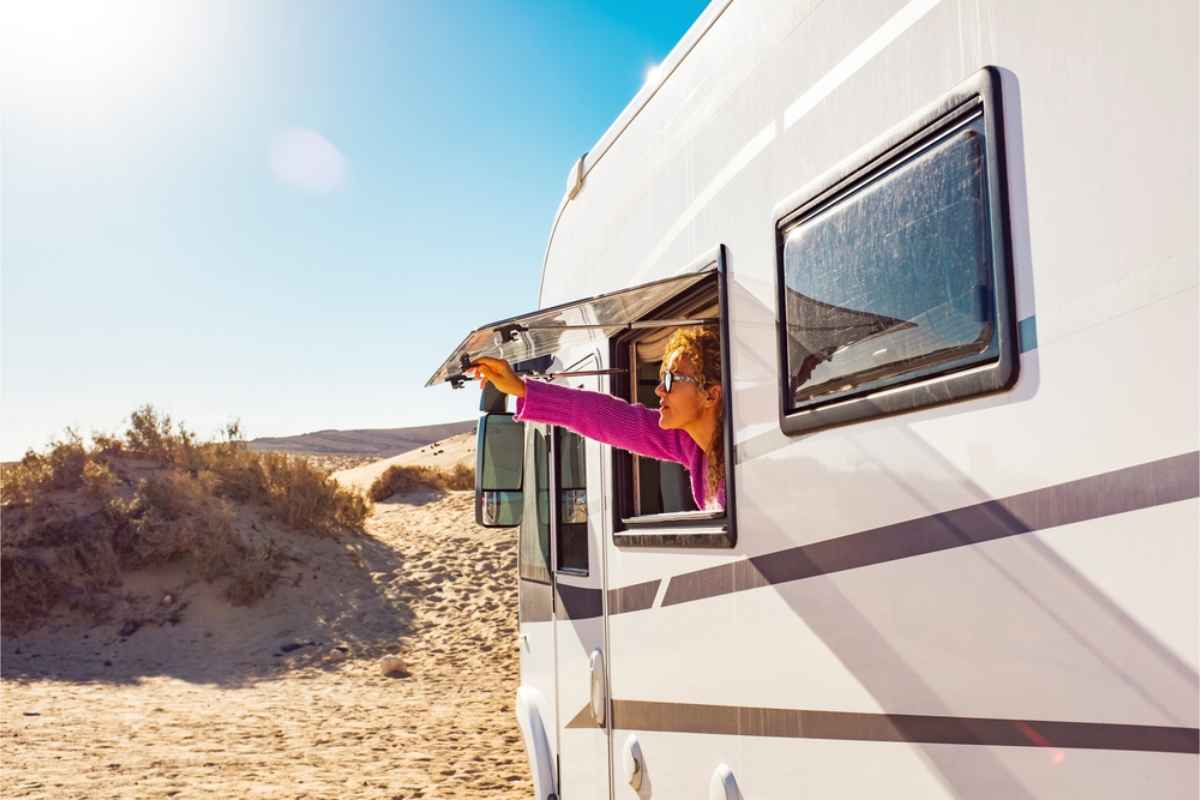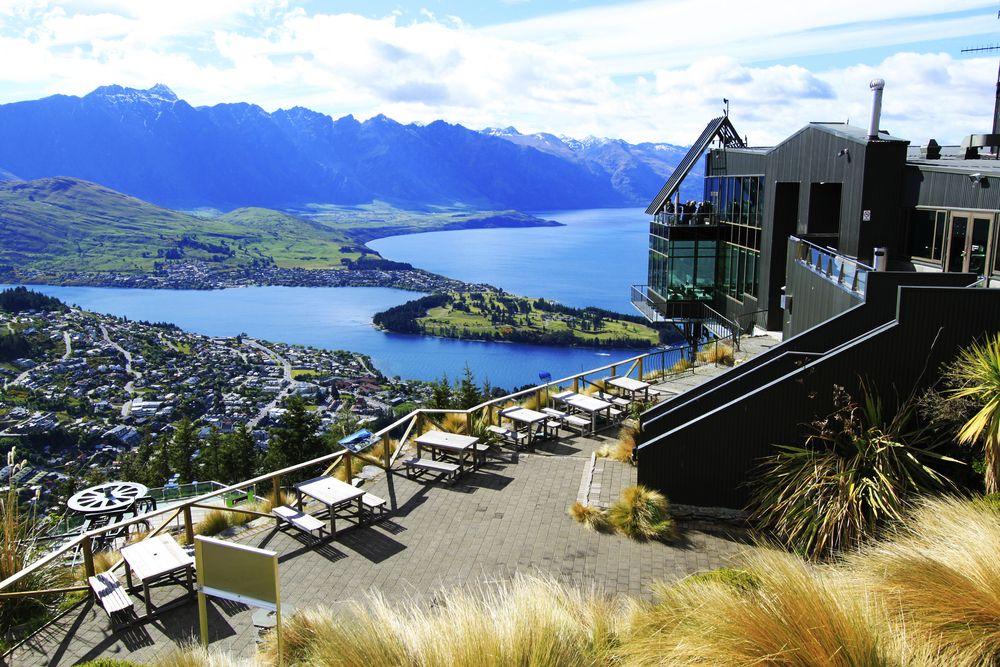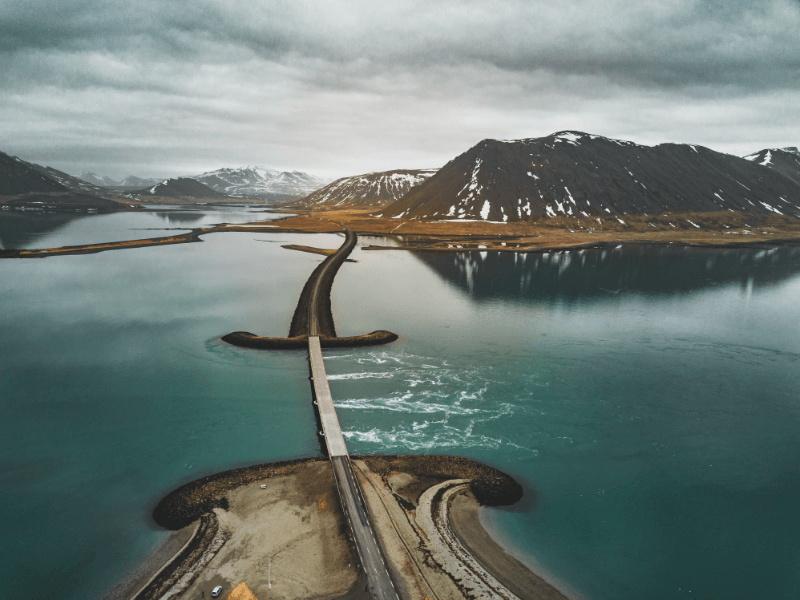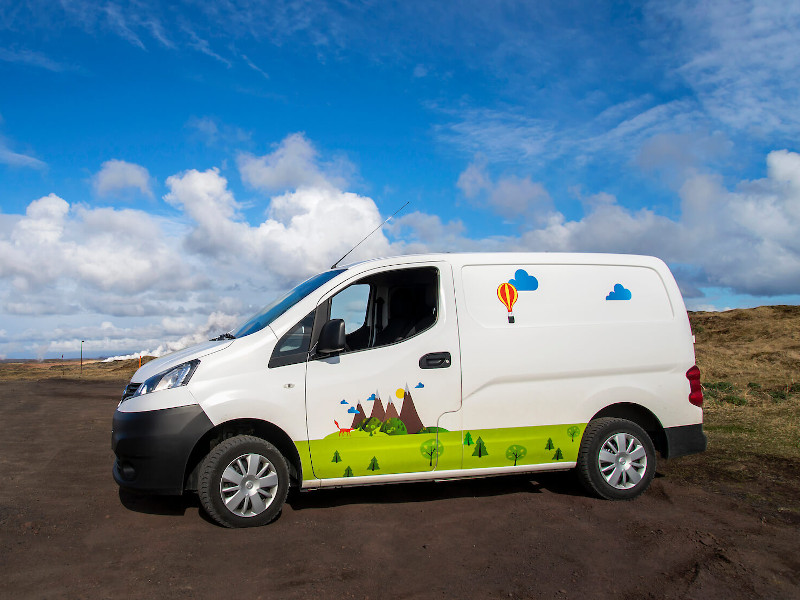Imagine stepping off the plane in Ōtautahi (Christchurch) to a crisp breeze, then driving north to Ngāruawāhia under a summer sun...all in the same week. That’s New Zealand in a nutshell: wildly variable weather and local style that’s equal parts rugged and laid-back.
We at Campervan New Zealand reckon you’ll want to pack smart, pack light, and pack layers. Here’s your ultimate guide.
Essential Tips for Crafting Your New Zealand Packing List
Planning a trip to New Zealand? Whether you're tramping through Abel Tasman National Park, tasting fresh oysters down in Bluff, or exploring the cool, artsy corners of Wellington, your journey starts with one important step: packing smart.
Chart Your Course
Before you even unzip your suitcase, take a moment to map out your route. Think about the kinds of adventures you’re in for: hiking the stunning Abel Tasman Coast Track, road-tripping through Marlborough wine country, or getting soaked (probably!) in the misty majesty of Fiordland.
Each region has its own weather mood: Marlborough can feel like summer turned up to 11, while Fiordland likes to keep things wet and wild. Knowing the climate of your stops will help you pack with confidence.
| Region | Summer Weather | Winter Weather |
|---|---|---|
| Auckland | Warm and humid with occasional showers | Mild, rainy, and windy at times |
| Rotorua | Pleasant and sunny with warm days | Cool and crisp; geothermal areas stay steamy |
| Wellington | Windy but sunny, with cool breezes | Chilly with frequent southerly winds and drizzle |
| Queenstown | Hot days and cool nights; great for hiking | Cold with snow in the mountains; perfect for skiing |
| Fiordland | Wet and moody; bring full rain gear | Very rainy and cold; frequent downpours |
| Marlborough | Hot, dry, and ideal for vineyard visits | Cool with sunny afternoons |
| Abel Tasman | Sunny and warm; ideal for beach walks and kayaking | Mild but rainy; expect slippery tracks |
Layer Like a Local: The Three-Layer Rule
New Zealand’s weather is famous for changing its mind, often several times a day. That’s why Kiwis swear by the three-layer method:
- Base layer: Start with merino wool or quick-dry synthetics. These are sweat-wicking, odour-fighting, and perfect for rewearing on multi-day hikes (yes, even without laundry).
- Insulation layer: A mid-weight fleece or puffer jacket is your best friend when the alpine chill rolls in—especially if you're heading toward Aoraki/Mount Cook.
- Outer shell: Don't skimp here. Bring a proper waterproof, breathable jacket with sealed seams. Southerly winds in Wellington are no joke, and “sideways rain” is basically a rite of passage.
Choose Gear That Earns Its Keep
Go for items that do double (or triple) duty.
- Zip-off hiking pants let you switch from shorts to trousers without missing a step.
- A Buff or light scarf can become a neck warmer, headband, or even an impromptu picnic mat on a vineyard stop.
- Two pairs of shoes are ideal: hiking boots for the trails and something stylish but sturdy for café-hopping or museum visits.

Think Like a Kiwi: Sustainable and Sensible
New Zealanders love practical, eco-friendly gear. Brands that use recycled materials and low-waste packaging are always appreciated. Bonus points if you grab your down jacket from a local outfitter—it blends you right in and supports the local economy.
Local Tip: Always keep your rain jacket within reach. A sun-drenched afternoon can turn to a drizzle by evening, especially in Wellington, the windy city.
Test Before You Trek
Don’t wait until the Tiki trail to find out your boots cause blisters. Try everything on during a hike or walk at home. If your rain jacket leaks or your socks slip, it’s better to find out before you’re halfway up a mountain.
Pack Smart (Not Heavy)
Packing cubes or dry bags can be game changers—separate clean clothes from muddy ones, or base layers from outerwear. Label them if you're feeling organized. Keep your essentials (passport, chargers, earbuds) in a quick-access pouch at the top of your daypack so you’re never stuck digging.
Carry-On Like a Pro
Always keep your rain jacket, fleece, and at least one trusty merino layer in your carry-on. Lost luggage happens, but you’ll still be ready to face the drizzle—and keep adventuring in style.

What Kind of Clothes Should You Wear in New Zealand?
From Ōtautahi to Tāmaki Makaurau (Auckland), you’ll notice a casual-chic vibe: think rugged meets refined.
- North vs South: On the North Island, expect milder winters so pack a warm jumper but skimp on heavy coats. On the South Island, especially in Central Otago, nights dip to near freezing even in autumn, that means: bring thermals.
- Smart casual Kiwi style: Dark denim, an unstructured shirt or polo, and sturdy leather boots or sneakers. Layers keep you ready for impromptu winery lunches or tramping tracks.
- Activity-based dressing:
- Tramping (hiking): Breathable hiking pants, moisture-wicking tee, sturdy tramping boots, gaiters if you’re tackling Fiordland.
- City exploring: Comfortable jeans, cotton tee, a light bomber or denim jacket.
- Coastal escapes: Boardshorts or quick-dry swimsuit, rash vest, water shoes or sandals.
Local Tip: Wool is king in NZ—merino tees and socks are odour-resistant and pack down small. You’ll find quality merino at brands like Icebreaker and Untouched World.

Recommended Items to Pack for New Zealand
Clothing
- 2 merino long-sleeve tops, 2 merino short-sleeve tops
- 2 pairs of convertible travel pants
- 1 lightweight fleece or puffer jacket
- 1 waterproof, breathable rain jacket
- 3 pairs merino socks, 2 pairs underwear
Shoes and Boots
- Waterproof hiking boots (Gore-Tex lining if possible)
- Comfortable city sneakers or loafers
- Lightweight sandals or aqua shoes for river crossings and beach days
Travel Essentials & Accessories
- Universal adaptor (Type I plug)
- Reusable water bottle and collapsible cup
- Compact first-aid kit with blister plasters
- Silk sleep sheet (for hostels or campervan bedding)
Electronics
- Power bank with at least 20,000 mAh
- Waterproof phone case or dry bag
- Camera with extra batteries or charger
Local Tip: Pick up a $10 SIM at any iSite for cheap nationwide mobile data and calls—essential for remote drives.

For the Colder Months (June–August)
Expect daytime highs of 10–17 °C, dropping to single digits at night, especially inland.
- Base layers: Thermal leggings and tops (avoid cotton next to skin).
- Mid layers: A thick fleece or light puffer.
- Outer shell: Insulated jacket that stows into its pocket.
Winter Clothing Guide for New Zealand
- Heavy merino wool sweater
- Waterproof insulated parka
- Thermal beanie, gloves, and buff scarf
- Brown leather boots with good grip (ice-ready soles)
Tip: For skiing in Queenstown or Wanaka, rent your helmet, skis, and boots locally to save luggage space—and keep your gear waxed for local humidity.

Summer Outfit Ideas for New Zealand (December–February)
Summers average 20–30 °C during the day but can cool off after sunset.
- Day-to-night transition: Lightweight sundress or chinos and a linen shirt, paired with a light bomber or denim jacket.
- Beach kit: Swim shorts, quick-dry cover-up, polarized sunglasses.
Local Tip: Summer evenings often bring sandflies—don’t leave your legs exposed near riverbanks or bush trails. A small tube of aerosol insect repellent goes a long way.
What Is the Dress Code in New Zealand?
- Everyday casual: Jeans, tee, fleece or hoodie. Many Kiwis work remote or in relaxed office environments—think “smart casual”, not suit and tie.
- Smart casual: Collared shirt, dark jeans or chinos, leather shoes or clean sneakers.
- Formal occasions: Rare outside weddings—women wear a simple dress, men might don a blazer. Luggage space is better spent on outdoor gear than dress shoes.
What You Can Leave Behind
- Heavy formal wear—save that space for extra layers.
- High heels or formal pumps—opt for versatile loafers or smart trainers.
- Bulky sports equipment—surfboards, skis, and mountain bikes are available to rent everywhere.
Ready to Roll?
Now that you know how to pack like a pro, all that’s left is choosing your wheels! Renting a camper in New Zealand is the ultimate way to explore at your own pace, wake up to mountain views, chase the sun along coastal highways, and park wherever adventure calls. The open road is waiting!
FAQs
What to pack for New Zealand in October?
Light layers, a rain jacket, and merino socks—spring can be sunny but chilly.
What to pack for New Zealand in November?
Shorts welcome, but evenings need a mid-layer; a sunhat is a must.
What to pack for New Zealand in December/January?
Summer staples plus a light jacket for inland hikes at altitude.
What to pack for New Zealand in March?
Blend of summer and autumn gear: a warm jacket for early mornings, tees for midday warmth.


 By
By








